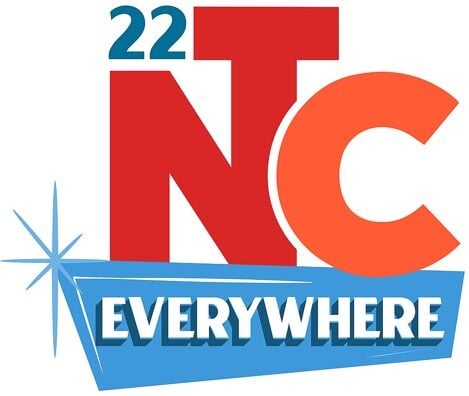June 24th, 2022

A new generation is poised to take the reins in charitable giving. Formerly, charitable giving and especially planned charitable giving depended on intrinsic donor loyalty to organizations and tax write-off opportunities. However, the key to winning gifts from younger stakeholders and their peers is through sustained personal involvement.
The NTEN session called “Great Transfer of Wealth: How to Reach the Next Generation” was brilliantly led by Nathania Fung and Nejeed Kassam (NTEN Board Member). Fung and Kassam focused on building relationships with younger generations, Gen X and Gen Y, who will be the new stewards of their parents’ wealth in the coming years. Here are a few of my takeaways from their session on the new age of charitable giving:
- Nonprofits will be competing for a smaller donor pool that has a higher giving capacity than previous generations, so start building relationships with these donors early on.
- Since households are smaller on average than before, Baby Boomer parents will be leaving their legacy to fewer children. Thus, the new donor pool will be smaller and have larger giving capacities than their parents.
- Takeaway: Adapt your giving programs to get these important stakeholders involved early on.
- For all legacy donors, 50 percent give to an organization for more than 20 years before leaving a planned gift.
- Takeaway: Sustainer programs are a great stepping-stone to develop trust with donors that will later give planned gifts.
- Since households are smaller on average than before, Baby Boomer parents will be leaving their legacy to fewer children. Thus, the new donor pool will be smaller and have larger giving capacities than their parents.
- Younger generations are more influenced by their peers and the ability to have their impact felt in charitable organizations than by formal institutions or tax receipts. Get them and their networks personally involved if you want to keep them around for the long haul.
- Young people are 46 percent more likely to donate if a coworker does, and 65 percent more likely to volunteer if their peers at work are already doing so, according to Fung and Kassam. Grassroots campaigns like the recent Airbnb Ukraine campaign have seen huge success with younger people because young donors feel involved and are able to involve their wide networks in their passion for a cause.
- Takeaway: Give young people a platform to steward their influence in a tangible way. They will feel empowered, and their peers are more likely to connect with you, too.
- Younger generations believe in using a collective voice, and in active involvement with organizations that align with their values. These donors care less about tax receipts and blind loyalty — they want to feel like they are making a difference towards their causes. If they feel disconnected from your cause, they will take their charity elsewhere.
- Takeaway: Give young stakeholders a role in your organization where they can contribute personally towards your mission. Involve them early and often.
- Young people are 46 percent more likely to donate if a coworker does, and 65 percent more likely to volunteer if their peers at work are already doing so, according to Fung and Kassam. Grassroots campaigns like the recent Airbnb Ukraine campaign have seen huge success with younger people because young donors feel involved and are able to involve their wide networks in their passion for a cause.
Give young people a platform to steward their influence in a tangible way. They will feel empowered, and their peers are more likely to connect with you, too.

- Family ties (or lack thereof) inform giving habits. Not having (human) heirs, owning pets, and generational influence impact donors’ propensity to give charitably.
- Of donors aged 50 or older with no children, 50 percent had charitable estate plans while only 17 percent of similar donors with children had philanthropic plans. Legacy gifts from single, never married donors are nearly 13 percent larger than married donors. And finally, pet owners are 70 percent more likely to give than non-pet owners.
- Takeaway: The best candidates for your Planned Giving program have fur-babies and not human babies. Connect with single, Gen X pet owners; they have a higher capacity to leave a large legacy gift to your organization. And whether they have reared a household, pet owners are more charitable than non-pet owners.
- During the pandemic, 52 percent of people aged 18 to 29 were at home with their parents — the most since the Great Depression. Fung and Kassam claim that families are closer than ever.
- Takeaway: Engage the whole family in your organization’s communications. Involve multiple generations to earn commitment, even from younger generations who are less entity-loyal than their elders.
- Of donors aged 50 or older with no children, 50 percent had charitable estate plans while only 17 percent of similar donors with children had philanthropic plans. Legacy gifts from single, never married donors are nearly 13 percent larger than married donors. And finally, pet owners are 70 percent more likely to give than non-pet owners.
Blog written by Erin Lehmberg | Data Scientist

